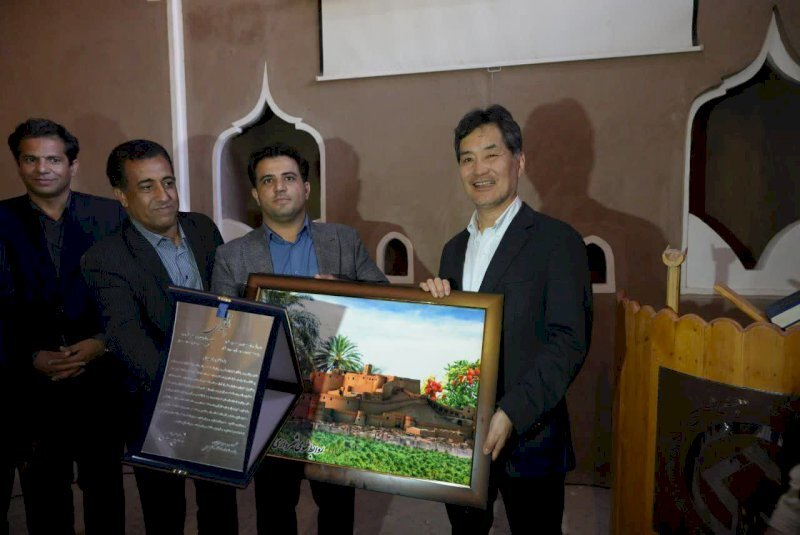Tourist exchange with Bam is essential, Japanese envoy says

TEHRAN – The Japanese ambassador to Tehran has said that it is a necessity for Bam and Japan to exchange tourists.
Japan and the ancient city of Bam in the southern Iranian province of Kerman should exchange tourists considering the tourism capacities of the city, said Kazutoshi Aikawa while visiting Bam on Monday.
During the earthquake that hit this city in 2003, Japan supported and helped the people of Bam, he added.
Japan has gained a lot of experience in reconstructing after several earthquakes, and these experiences can be shared, he noted.
During the Bam earthquake, the Japanese government and people built a school and contributed to restoring the historical citadel of Bam, and many Japanese rescuers came to save people in Bam, he mentioned.
Situated on the margins of a harsh barren desert, Bam Citadel rises like a phoenix again from the intimating earthquake after being almost entirely leveled in 2003.
After the devastating earthquake, heritage experts from Iran and abroad worked tirelessly to restore the cultural landscape of Bam, including orchards, cisterns, and many ancient buildings – around 23,000 hectares – of which the Bam Citadel is only one small part.
Today, the massive project to save the Bam cultural landscape is almost complete, letting the ancient site host sightseers, history buffs, and cultural heritage enthusiasts. Tracing its origins back to the 6th century BC in the Achaemenid period, the oasis town and citadel of Bam didn’t experience its golden era until much later in the 7th to 11th centuries when it was one of the key stops on the Silk Route transporting goods between Asia, Europe and West Asia.
According to UNESCO, Arg-e Bam is the most representative example of a fortified medieval town built in vernacular technique using mud layers (Chineh), sun-dried mud bricks (Khesht), and vaulted and domed structures.
Bam and its Cultural Landscape represent an outstanding example of an ancient fortified settlement that developed around the Iranian central plateau and is an exceptional testimony to the development of a trading settlement in the desert environment of the Central Asian region. This impressive construction undoubtedly represents the climax and is the most important achievement of its type not only in the area of Bam but also in a much wider cultural region of Western Asia.
The cultural landscape of Bam is an important representation of the interaction between man and nature and retains a rich resource of ancient canalizations, settlements, and forts as landmarks and tangible evidence of the evolution of the area. The UNESCO-designated Bam and its Cultural Landscape is situated on the southern edge of the Iranian high plateau close to the Pakistan border.
ABU/AM
